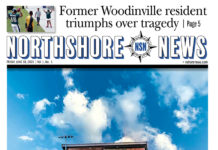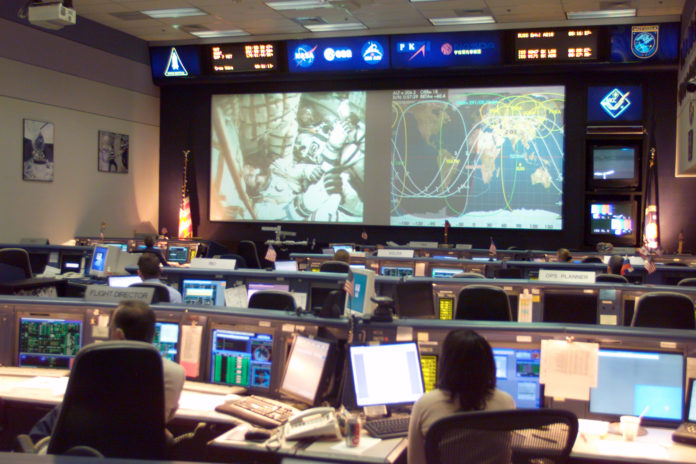By Bob McDonald
A Potential Solution To Our Street-Related Homeless Crisis: Part III
The past two installments outlined:
 The reasons why we shouldn’t confuse our street-related homeless crisis with income disparity or affordable housing—that it’s primarily the result of mental- health issues and drug addiction, exacerbated by the City’s lenient policies and unwillingness to prosecute all but the most egregious crimes committed by the homeless population.
The reasons why we shouldn’t confuse our street-related homeless crisis with income disparity or affordable housing—that it’s primarily the result of mental- health issues and drug addiction, exacerbated by the City’s lenient policies and unwillingness to prosecute all but the most egregious crimes committed by the homeless population.- That a solution requires a change in our mindset and approach to law enforcement and sentencing guidelines, an understanding of rights and obligations as it applies to public health and safety, the need for direct humanitarian intervention as an initial step to a data-driven registration process and the actions we must take based on the information learned from this process, specifically applying the law and providing a centralized location to provide all services needed.
Any viable solution would require a public/private partnership involving the state, city, county, nonprofits, corporations and private philanthropists.
The state owns the highway right-of-way where many encampments are located. Senator Steve Hobbs, chairman of the Senate Transportation Committee, has called the encampments and the problems they present “A public health and safety issue.” The City of Seattle owns very little land, and King County probably doesn’t have a land parcel of the size needed. There are an additional 12,000 homeless in other cities in the state experiencing the same type of homeless issues as Seattle—making it a statewide issue.
A first step: The State of Washington should donate a surplus-land parcel large enough to accommodate facilities that you would find on a typical military base. The improvements would include barracks (temporary housing], kitchen and medical facilities and staff housing. These improvements could be completed relatively rapidly and provide all the needed services in one place:
- Housing for those found to be severely mentally disabled or to have psychiatric disorders and who are a danger to others or are in danger of abuse by others on the street. An extensive interview process will ensure that the rights of these mentally ill individuals have been carefully considered. The objective is to transfer them to permanent mental hospitals. Studies show that we need at least 50 beds per 100,000 population—while we currently have only 19. Governor Jay Inslee’s $675 million proposal that would fund hundreds of new community mental-health beds and create a partnership with the University of Washington to establish a new teaching hospital focused on behavioral health is a start. My approach would help to put pressure on the state to meet its obligations in this regard.
- Temporary or long-term housing and treatment for the drug and alcohol addicted in a no drug/no alcohol environment. The scope of services and overall operation offered would need to be carefully thought out, but the immediate program would be detox in a controlled and supervised environment. While abstinence is the first step, additional treatment would follow. The intermediate objective is to stop compulsive drug use and improve the person’s medical condition so that he/she can re-enter the community as employable and a responsible family member. Once in the community, there would be an obligation for continued follow-up treatment and support at the local level. We also must understand that some will never be able to complete this process.
State and federal governments spend in excess of $15 billion and insurers contribute another $5 billion on substance-abuse services each year. However, it’s difficult to measure the effectiveness of these expenditures. The uniqueness and scale of my proposed approach, if properly managed and supervised, should be appealing to federal, state and local governments and nonprofits—all of whom are looking for accountability.
Clean-up crews pick up tens of thousands of dirty needles from streets and parks every day. Car break-ins and drug deals on downtown streets are a common occurrence. Eventually, it will have a significant impact on retail business and tourism alike, which is why there should be a strong interest in this plan I have outlined.
As with any plan, the “devil is in the details,” and my plan admittedly is lacking in details. My hope is that someone—or several someones—of influence will like the plan and get behind it. I’m confident that a panel composed of business leaders, city officials, nonprofit execs and philanthropists could fill in the necessary details and make a strong case to the state to get on board.
Solving the homeless crisis will requires strong leaders willing to make bold decisions. Let’s return to the “can do” attitude for which Seattle once was famous.
Bob McDonald has been a resident of King County since 1981 and now owns a home in West Seattle. As managing partner of Birtcher McDonald and Frank, he was responsible for the annexation, rezone, masterplan and development of the original 150-acre Microsoft campus in Redmond. In 1990, he launched his owned development company and has been involved in more than 20 value-added projects and one “ground up” master-planned high-tech office park since that time. He also has direct experience with homeless issues on properties he owns in Kelso, Everett and Longview.
P.S. Here are links to prior posts in the fantastical Action Central series: Mayor Durkan’s Address; Homeless Central, a First Step; background on Action (nee Homeless) Central director John Shannon; his distinction between Homelessness and Lawlessness, The Stakeholders; The Perfect Site! The ‘Jigsaw Puzzle’, Reaching For Reality, Town Hall Takeaways, Eric’s National Exposure, ‘Head Chef’. ‘Our Mission Control’, The No. 1 Deliverable—Synergy!, Proactive Vs. Passive, Action Central: Guest Proposal-Part I and Action Central: Guest Proposal-Part II.
Below is Poll No. 2, with the same question as in Poll No. 1, but at a later stage of the discussion. Those who think Action Central is an Excellent/Much Needed Idea is now in the 75%+ range. If you haven’t voted in Poll No. 2, please do so below.
[polldaddy poll=10341497]
—Larry Coffman






